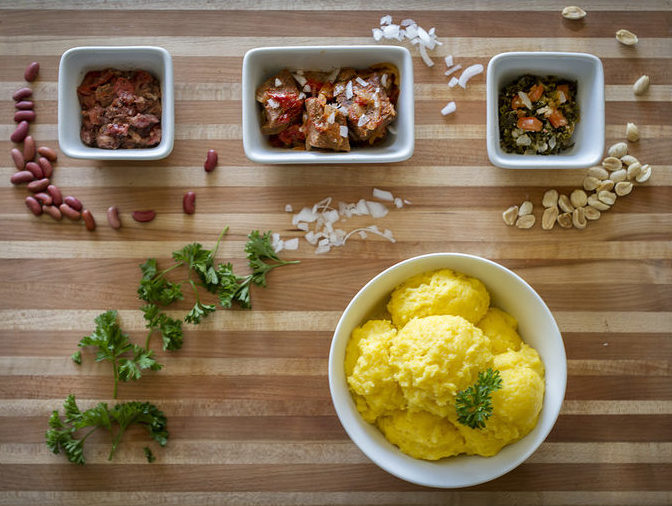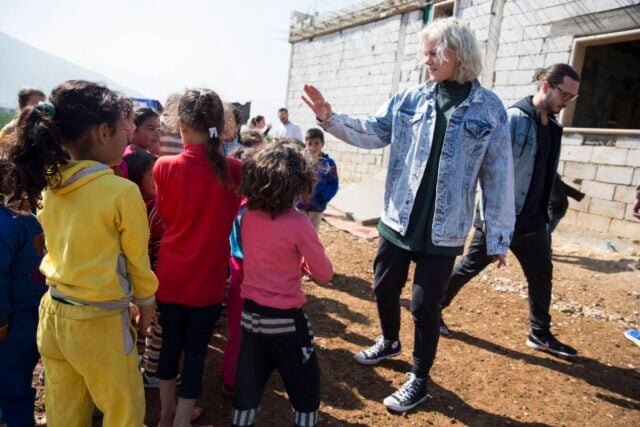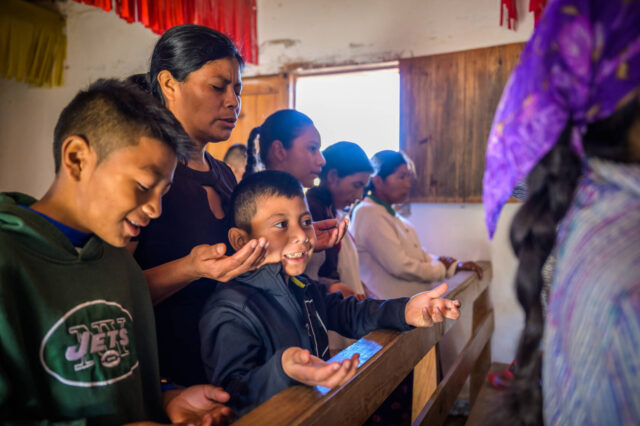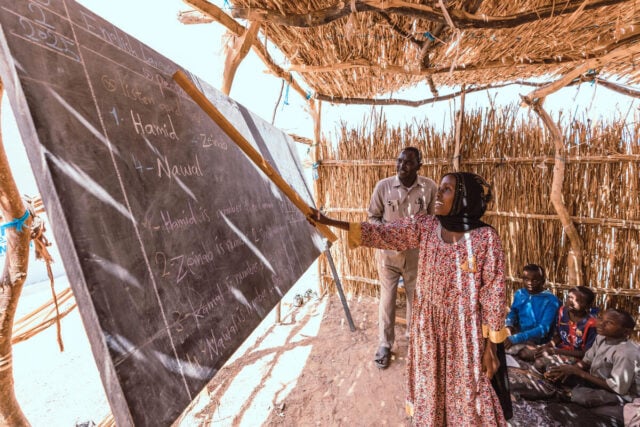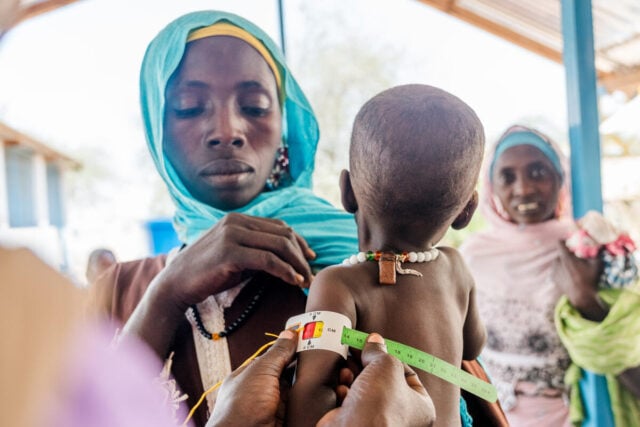Rosemary, 9, loves to cook, and dreams of becoming a chef (read more about her here). One of the dishes she often makes for her family in Zambia is nshima, a cornmeal porridge with Play-Doh-like consistency. Nshima is eaten with your hands and often dipped in relishes of meat, beans, and vegetables. Bring a taste of traditional Zambian cooking into your kitchen with the following recipes.
Recipe for nshima — cornmeal porridge — and relishes
Ingredients:
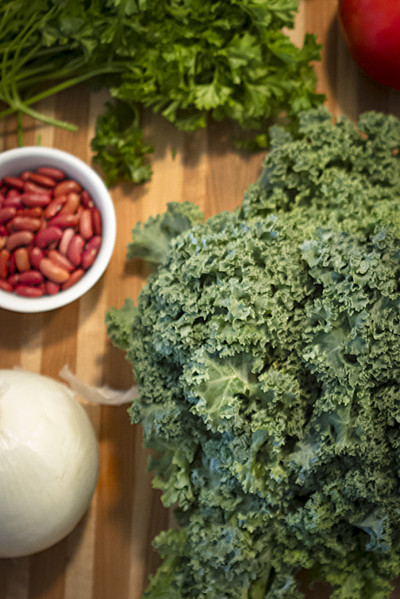
- 1 1-pound bag of red kidney beans
- 1 bunch of kale
- 1 cup of plain peanuts
- 1 to 2 pounds of boneless beef rib meat
- 2 large onions
- 3 14.5-ounce cans diced tomatoes
- 1 package cornmeal
- Salt and pepper
Kitchen tools:
- 5 pots or pans (we recommend 2 large stock pots or Dutch ovens, 1 large sauté pan, 1 large sauce, 1 small frying)
- Knife
- Cutting board
- Food processor –or– plastic bag and meat tenderizer or mallet
- Four serving bowls
- 1 mixing bowl
- 3 small to medium prep bowls
- 5 wooden spoons (or sturdy, heat-resistant mixing spoons)
- Can opener
Nshima instructions:
- Fill a large saucepan two-thirds full of water and bring to a boil.
- In a mixing bowl, mix 2 cups cold water and 1 cup cornmeal.
- Add mixture to boiling water and reduce heat to medium.
- Cover pot and cook 5 minutes.
- Then stir vigorously with a wooden spoon to remove lumps.
- Gradually add more cornmeal, 2 tablespoons at a time, stirring to keep porridge smooth. As it thickens, reduce additions to 1 tablespoon at a time until porridge is Play-Doh consistency (about 20 minutes).
- Remove from heat, cover pot, and let stand a few minutes.
Kale relish instructions:
- Fill a large pot with water and bring to a boil.
- Chop kale and add to boiling water, along with ½ teaspoon salt.
- Reduce heat, cover pot, and allow kale to cook until wilted.
- Using a food processer or sealed bag with a mallet, grind the peanuts to a powdery consistency.
- When kale is wilted (about 30 minutes), drain enough water from the pot to keep kale covered.
- Add peanuts, one bowl chopped onion, one can of tomatoes, and salt and pepper to taste.
- Mix well, cover pot, and cook on low heat for one hour.
Meat relish instructions:
- Cut meat into bite-sized pieces, place in a large sauté pan, and add water until meat is submerged.
- Bring to a boil.
- Once most of the water has evaporated, add the last bowl of chopped onion, last can of tomatoes, and salt and pepper to taste.
- Reduce heat and simmer until thickened.
Bean relish instructions:
- Soak beans overnight.
- In a large pot, boil soaked beans for one hour.
- Finely chop onions and distribute evenly into three small bowls; set aside.
- In a small pan, fry one bowl of chopped onion with one can of tomatoes and a pinch of salt.
- Once the beans have finished boiling, add onion and tomato mixture to the beans.
- Simmer and allow to thicken.
Serving instructions:
Put each relish in a different serving bowl. Nshima should be eaten with your hands and dipped in the relishes.
Read more recipes from around the world! Did you make any of these dishes? We want to see pictures! Send your photos to us at [email protected] or tag us @worldvisionusa on Instagram or Facebook.
